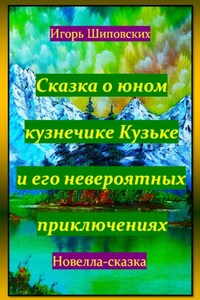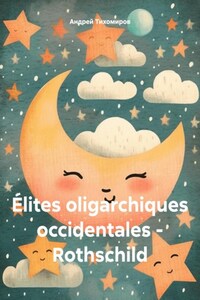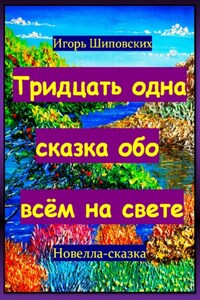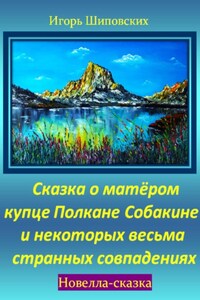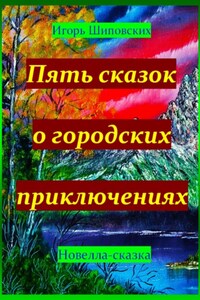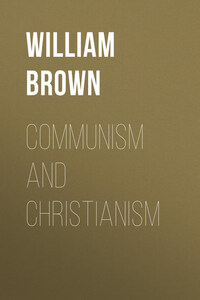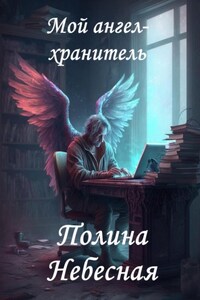William Collins
An imprint of HarperCollinsPublishers
1 London Bridge Street
London SE1 9GF
www.WilliamCollinsBooks.com
This eBook first published in Great Britain by William Collins in 2019
Copyright © Dan Carlin 2019
Cover design by Jack Smyth
Cover image © Getty Images/flubydust
Dan Carlin asserts the moral right to be identified as the author of this work
A catalogue record for this book is available from the British Library
All rights reserved under International and Pan-American Copyright Conventions. By payment of the required fees, you have been granted the non-exclusive, non-transferable right to access and read the text of this e-book on-screen. No part of this text may be reproduced, transmitted, down-loaded, decompiled, reverse engineered, or stored in or introduced into any information storage and retrieval system, in any form or by any means, whether electronic or mechanical, now known or hereinafter invented, without the express written permission of HarperCollins
Source ISBN: 9780008340926
Ebook Edition © October 2019 ISBN: 9780008340940
Version: 2019-09-24
DO YOU THINK that modern civilization will ever fall and our cities will ever lie in ruins?
It sounds like an overused science fiction theme, with the archaeologists of the future carefully poking around the rusting skeletons of New York, London, or Tokyo’s skyscrapers, subways, or sewers; removing our dead from their graves and studying them like we do ancient Egyptian mummies; trying to decipher our language, unlock the code that is our writing, and figure out who we were. To imagine our tombs, buildings, and human remains being treated the way we today treat ancient archaeological finds might seem unimaginable, but there’s a pretty good chance that’s what the mummy being excavated thought about his time and place, too.
There’s no right answer to a question like that, of course. Many of the questions raised in this book fall into that same unanswerable class. Maybe that’s part of what makes them intriguing.
Just noting past evidence and extrapolating it out to future events can get weird quickly. To imagine things that have happened many times in history repeating in the modern era is to dabble in science fiction. It is a very thin membrane that separates factual history from unprovable and speculative fantasy. The instant in which we all live is the point at which those two things—the hard chronology of recorded names and dates and the what-ifs and alternate realities of possible futures—intersect. To imagine the twenty-first-century world being hit with a great plague like the great disease pandemics of the past is fantasy, yet it’s also extremely possible and has happened many times before. What’s the connection between the factual past and the speculative future?
I am told that any conventional book should answer questions or should at least provide an argument. If that’s true, this will not be a conventional book. It’s more of a collection of loosely connected vignettes. I have no argument, which is consistent with the approach we take in the podcast as well. My approach is that of a nonexpert, for that is what I am. Historians, political scientists, geographers, physicists, sociologists, philosophers, authors, and intellectuals in general have all weighed in over the eras on all the sorts of issues we ponder in this book, each doing so using their own methods and viewing them through their own eras, specialties, and cultural lenses.
While a modern geographer might cite global historical analogies to make an argument about a civilization “falling,” or a physicist provide the math to determine the likely probability of a dark age–creating asteroid striking Earth, the approach of a storyteller or journalist is to look at the human angle.[1] What sort of human stories are going on as a civilization collapses? A bombing raid destroys a person’s city, or a pandemic begins to unravel the bonds holding a society together? Seeing things through that lens engages different parts of the brain, including emotions, and can often have an impact that the data, graphs, and research studies don’t. Think of it as another tile in a vast mosaic as many disciplines try to restore an image of the past.
Do tough times make tougher people? Does how we raise our children have an impact on society at large? Can we handle the power of our weapons without destroying ourselves? Can human capabilities, knowledge, and technology regress? There’s a very Twilight Zone sort of element to such ideas, with subtle (and sometimes not so subtle) overtones that seem to speak to our present times. They are ideas that cross the boundaries of modern academic disciplines and tread into territory usually occupied by drama, literature, and the arts.

